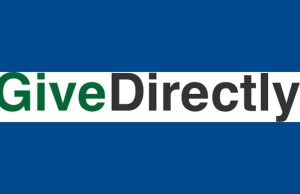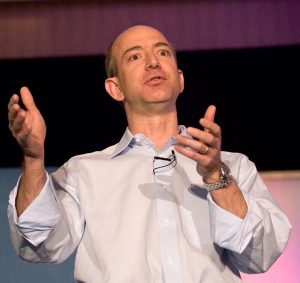How often has a board member asked how the planned giving program is progressing? Or, if you’re that board member, how many times have you asked the question? Planned giving is still one of the great fundraising opportunities — just over the horizon but within reach — that many nonprofit leaders struggle to seize.
The question is never whether pursuing planned gifts is a good idea. The challenge is finding a sure path toward concrete, measurable progress that sparks new commitments of future philanthropy.
The resources to jumpstart a planned giving program are almost always at a fundraiser’s fingertips. What some nonprofit managers lack is confidence to pursue planned gifts and experience to secure new commitments.
Perhaps the following tips will help you and your organization as you seek to jumpstart your planned giving program.
• Update your planned gift commitment file. Schedule appointments with each individual or couple in your organization’s file of planned gift expectancies to update your information on their gift’s status and value. Such visits are not the work of junior staff members. The organization’s chief executive officer (CEO), the development leader and, potentially, a board member, should conduct them.
• Begin each meeting by thanking the donor for past support. The visit also allows you to learn about the donor’s current life situation, update your file on the size and nature of the planned gift and reassure the donor of your interest and desire to stay connected. During the meeting, listen for opportunities to keep the donor connected to the organization.
• Share an insider’s briefing. There are few things people like more than individual attention. With that in mind, it makes sense to invite those whose planned gift files were updated during the visits described above to participate in an insider’s briefing at your organization office or another relevant location.
During the briefing, the board chair and CEO should share an update that gives confidence in the organization’s future to those who have made estate pledges. Major gift donors — especially those who have made legacy gifts — want to support organizations that will last. Be sure to provide an opportunity for questions and answers and ask attendees for their feedback on the event and areas about which they would like to learn more.
• Schedule visits with those who have requested additional information shortly after the event to continue nurturing their philanthropic relationship with your organization.
• Create a special group for those who have remembered your organization in their estate plans. Most generous philanthropists enjoy being among others who have made similar gifts to an organization. After you have updated your planned gift files and hosted those who have included you in their estate plans at an insider’s briefing, create a special society to recognize those who have pledged gifts to your organization. Name it after an event or date of significance in your organization’s history. Invite those who have already remembered you to become members of the society’s charter class.
• Invite members of the charter class to attend a dedication of the society. List the names of your society’s charter class members on a permanent display or in a recognition area commemorating them and the importance of their planned gifts.
• Celebrate every year. After inducting your planned gift society’s charter class, reach out to those in your constituency who are likely to include your organization in their estate plans in the coming year. Begin laying the groundwork for the next year’s planned giving class induction. If you dedicate the charter class in 2014, induct a new class of planned gift society members in 2015 and each year thereafter.
Throw the special party at about the same time each year — potentially during a large organizational event or celebration — to welcome the current year’s class of new planned gift society members. Be sure to invite past years’ members to join you in welcoming their new peers, whose names you should add to the permanent recognition area dedicated the previous year.
• Remember the importance of ownership as you seek to jumpstart your organization’s planned giving program. Staff and volunteer leaders alike must be committed to growing an organization’s planned giving program for the steps outlined above to be successful.
It is important to set concrete objectives and execute them successfully. Share the goals and their attainment with board and staff leaders, and don’t be afraid to publish high-level benchmarks and successes in your organization’s newsletter and other publications.
• Finally, remember that it’s important to take time to celebrate. The nonprofit sector is known for grinding along from high point to high point without stopping to enjoy the fruits of its labor. Be different and celebrate your successes along the way.
Beginning and growing a planned giving program can be difficult and time-consuming. It requires patience and perseverance. In the end, planned giving programs offer opportunities to connect donors to your organization in new ways as they make philanthropic commitments that represent the most important expressions of their lives’ highest priorities. E
Matt J. Beem, MPA, CFRE, is president and chief executive officer of Hartsook Companies, headquartered in Kansas City, Mo. He serves on the board of the Centre for Sustainable Philanthropy at Plymouth University in the U.K. and on the President’s Council of Central Methodist University, Fayette, Mo. He is also a doctoral candidate in organizational behavior at University of Missouri-Kansas City. His email is [email protected]











